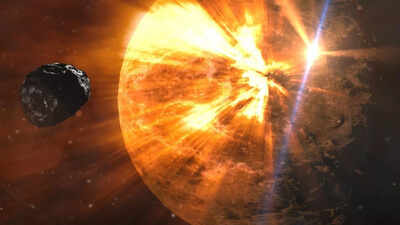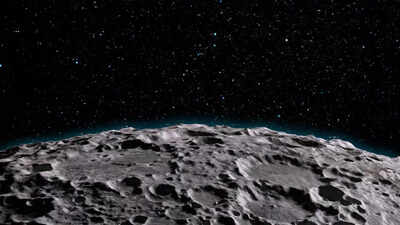August 5, 2025, might mark one of the shortest days on record, coming in approximately 1.34 milliseconds shy of the standard 24 hours. While such a tiny reduction is imperceptible to humans, the phenomenon is attracting scientific attention worldwide. Researchers attribute this slight acceleration in Earth’s rotation to changes deep within the planet’s core and fluctuations in atmospheric pressure. Though it may not disrupt your daily routine, the implications could ripple across systems that rely on precise timekeeping, including atomic clocks, GPS networks, and global communication systems.
What causes Earth’s days to shorten?
Earth’s rotation isn’t perfectly steady—it fluctuates due to various geophysical and astronomical forces. Typically, one full rotation takes 24 hours, or exactly 86,400 seconds. However, minute deviations occur when internal or external factors alter the planet’s spin rate. One of the primary drivers behind these changes is Earth’s inner core, which rotates independently from the mantle and crust.Recent research indicates that this core has been slowing down for decades. As a result, the rest of the planet must spin slightly faster to maintain momentum, which leads to shorter days. Think of Earth like a figure skater: When a skater pulls in their arms, they spin faster; when they extend them, they slow down. This is due to the conservation of angular momentum—a physics rule that says if one part of a system slows down, another part has to speed up to keep balance. So, if the inner core slows down, the rest of the Earth (especially the crust and mantle) needs to rotate slightly faster to maintain this balance. That tiny increase in rotation speed means the Earth completes one full spin in a bit less than 24 hours—making the day a few milliseconds shorter.In addition, other factors like atmospheric winds, ocean currents, and even earthquakes can redistribute Earth’s mass and influence its rotation. These natural processes, although subtle, contribute to the dynamic and ever-changing length of a day on Earth.
Past records and recent trends
Until 2020, the shortest recorded day was 1.05 milliseconds below 24 hours. However, in recent years, the Earth has routinely broken that threshold. The shortest day ever recorded was on July 5, 2024, when Earth completed its spin 1.66 milliseconds early. This year’s briefest day so far was July 10, clocking in at 1.37 milliseconds under the 24-hour mark. August 5 is now expected to be close behind, trimming off 1.34 milliseconds.
Other contributing factors: atmosphere, moon, and more
Beyond the Earth’s core, atmospheric conditions and gravitational forces from the Moon also affect rotational speed. According to Scientific American, summer in the Northern Hemisphere typically sees Earth spin slightly faster due to atmospheric pressure changes. Tidal forces from the Moon add yet another layer of complexity. Over millions of years, these combined forces have gradually slowed Earth’s rotation, though temporary speed-ups like this can still occur.
Does this impact daily life?
While 1.34 milliseconds might not ruin your schedule, the implications for precision systems are very real. Atomic clocks, which measure time with astonishing accuracy down to nanoseconds, can be thrown off by even the slightest deviation. Systems like GPS, global banking networks, and internet infrastructure depend on these clocks to stay in sync. Scientists and timekeepers must adjust accordingly to ensure operations continue smoothly.
Predictions vs. reality
It’s worth noting that not all predictions hold true. For instance, July 22 was forecasted to be a millisecond short but only clocked in at 0.87 milliseconds under 24 hours. These subtle shifts highlight the complexity of measuring and predicting Earth’s rotation in real time. Still, August 5 is shaping up to be another remarkable example of how dynamic and fast our planet really is.






